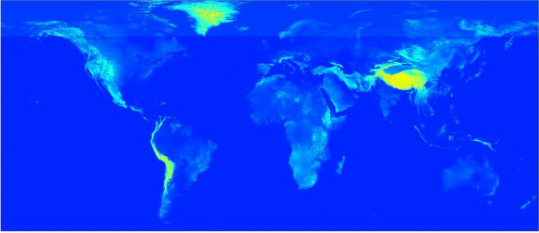|
|
|
Exploring generalities in the drivers of diversity patterns in fragmented landscapes: multi-continental model cross-comparisons using butterflies
My dissertation research focused on how species traits and environmental factors interact to influence variation in butterfly community compositions across habitat patches in highly urbanized landscapes. In addition, I am interested in whether the factors that drive species distributions across fragments are similar across disparate ecosystems, or must be considered on a species and/or ecosystem specific basis. The goal of this work is to better understand the degree to which the modification of natural areas negatively impacts communities, and thus to inform conservation and management policy for the maintenance of biodiversity in urban landscapes.
|
Integrating global species distributions, remote sensing information and climate station data to assess recent biodiversity response to climate change.
I was honored to be part of a team of researchers working with NASA’s Climate and Biological Response: Research and Applications program to understand the impacts of climate change on the global biodiversity of land vertebrates. In the course of my work here, I compiled a global 3-arcsecond digital elevation model (DEM) - called EarthEnv-DEM90 - to be used in global range and distributional modeling for this project. This dataset is compiled from co-registered SRTM v4 and ASTER GDEM2 DEMs, and was constructed using methods that will make it the highest quality 3-arcsecond global product to date. These include careful blending of the two datasets in the region of overlap, filling of input DEM voids using interpolation algorithms and ancillary data, and the removal of anomalies and irregularities from the global dataset via an adaptive multiscale smoothing algorithm (developed by John Gallant).
|
|
|
|
|
The impacts of environmental and land-use variables on butterfly communities across a temperate landscape
My Master's research focused on how butterfly communities respond to both landscape features (anthropogenic as well as natural) and weather phenomena. Communities were surveyed within six disparate habitat types, and across years in which weather varied markedly. This allowed me to examine how the type of habitat in which species live may mitigate their interactions with their surroundings, knowledge which may help conservationists prioritize in the face of land-use and climate change. |







